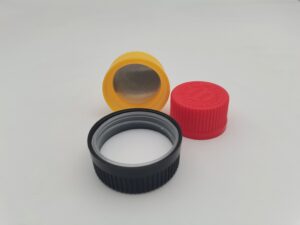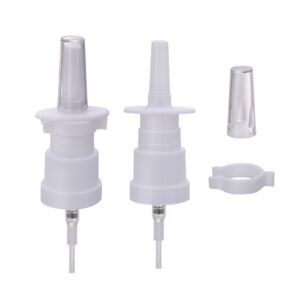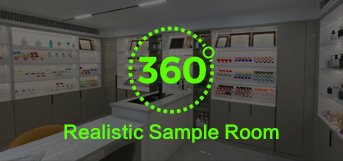Bottle caps are an important part of daily chemicals and food packaging, and they are also the first place consumers come into contact with products. The bottle cap has the function of keeping the contents of the product airtight, and also has the functions of anti-theft opening and safety, so it is widely used in daily chemical, food, beverage, wine, chemical, and pharmaceutical bottled products!
The development history of bottle caps
As a means of sealing containers, cork and oak corks should be the oldest known bottle caps. Even today, most wine bottles still use cork as a means of sealing.
In the middle of the 19th century, as the use of glass jars became more and more widespread, a rotatable cork cap was invented.
However, the recognized prototype of the modern bottle cap was invented by William Painter in 1890. Painter has produced a metal cap that is different from a cork stopper. This disposable metal cap uses a cork pad as a seal inside. He called this lid the “crown lid” only because the shape of the lid resembled the crown of the Queen of England. This kind of lid is still widely used in beer packaging until today.
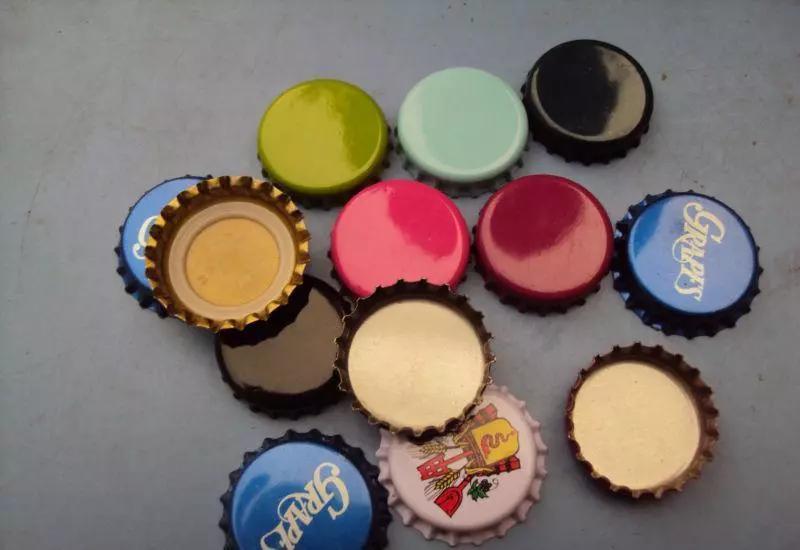
Now, with the rapid development of the plastic industry and industrial packaging, plastic bottle caps have replaced most of the metal bottle caps.
Next, I will introduce the basic knowledge of plastic bottle caps!
The basic classification of plastic bottle caps
According to the assembly method with the container, plastic bottle caps can be simply divided into the following three categories.
1. Screw cap
As the name implies, screw cap means that the cap is connected and matched with the container in a rotating manner through its own screw structure.
Thanks to the advantages of the thread structure, when the screw cap is tightened, a relatively large axial force can be generated through the occlusion between the threads, and the self-locking function can be easily realized. At the same time, some caps that require high positioning accuracy will also use screw caps with threaded structures.
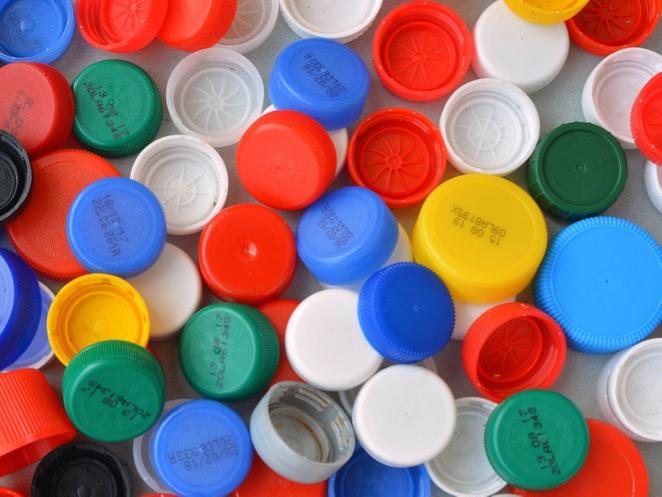
Features: Tighten or loosen the lid by rotating the lid
Advantages: strong self-locking ability, the lid is not easy to be removed;The axial force of the cover is even, which is conducive to sealing
Disadvantage: high manufacturing cost
Use occasion: packaging with high sealing requirements;Packaging with precise positioning requirements
2. Snap-on cap
The lid that fixes itself on the container through a structure such as a claw, we generally call it a snap lid.
The buckle cover is designed based on the high toughness of the plastic itself, especially the tougher materials such as PP/PE, which can maximize the advantages of the claw structure. During installation, when the claws of the buckle cover are subjected to a certain pressure, they can deform for a short period of time, stretch over the ratchet structure of the bottle mouth, and then under the elastic action of the material itself, the claws quickly return to their original shape and hold tightly. The mouth of the container, so that the lid can be fixed on the container. This efficient connection method is particularly favored in industrialized mass production.
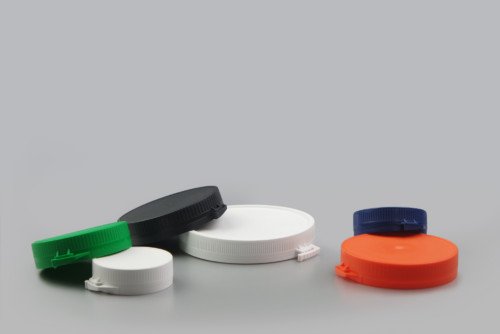
Features: The lid is fastened to the mouth of the container by pressing
Advantages: easy to install the cover, low manufacturing cost
Disadvantage: uneven axial force;Under a certain force, it will be pulled out
Use occasion: low-cost fast-moving consumer goods packaging
3. Welding cap
A type of cap that directly welds the mouth part of the bottle to the flexible package by means of welding ribs and other structures is called a welded cap. It is actually a derivative of the screw cap and the snap cap, but the liquid outlet of the container is separated separately and assembled on the cap.
Welded cover is a new type of cover that appeared after plastic flexible packaging, and it is widely used in daily chemical, medical and food industries.
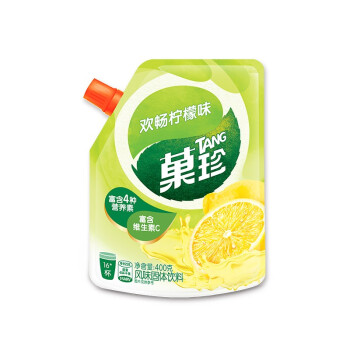
Features: The bottle mouth part of the welded cap is welded to the flexible package by hot melt
Advantages: low cost, environmental protection
Disadvantages: low consumer experience
Use occasions: replacement equipment, promotional equipment
The basic classification of plastic bottle caps (2)
According to common sealing forms, plastic bottle caps can be further divided into two categories:
1. Cone sealing
A cone-shaped annular sealing ring is designed on the top surface of the inner side of the bottle cap, which extends into the mouth of the bottle and is in an interference fit with the inside of the bottleneck. The cone-shaped sealing ring is tightly attached to the inside of the bottleneck to block all the gaps and realize the sealing of the container.
Derivative Structure-Sealed Needle Structure
For containers with a small diameter of the liquid outlet, directly using a tapered cylindrical sealing needle and an interference fit of the liquid outlet can also achieve the sealing of the container.
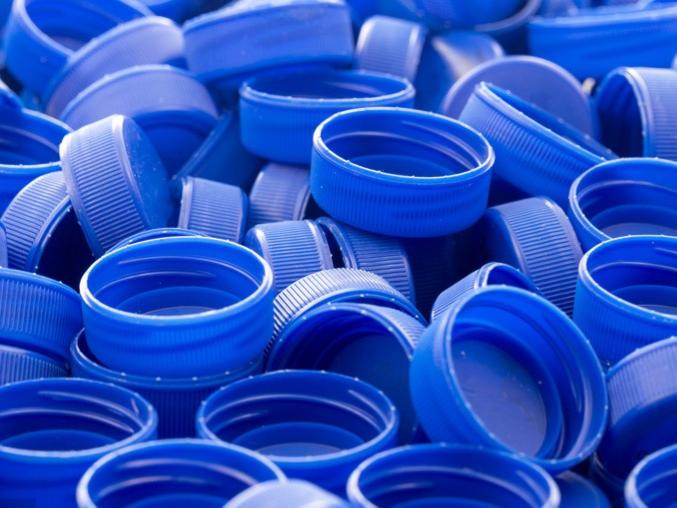
2. Liner sealing
An elastic gasket is placed inside the bottle cap of this structure, and the bottle cap presses the elastic gasket against the mouth of the container through its own structure to realize the sealing of the container. Common elastic gaskets include PE/EVA foam materials, silica gel, rubber and so on.
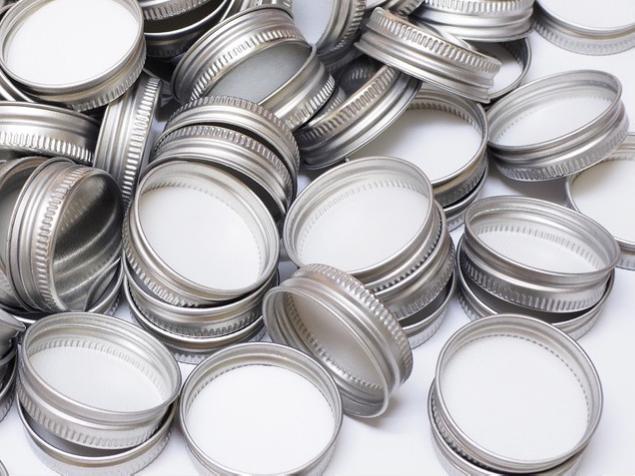
The above connection method and sealing form are the most basic part of the bottle cap, and all bottle caps are developed based on this structure.
On this basis, the packer has designed lids with different functions according to different needs. Here are some common plastic bottle caps with special functions.
The basic classification of plastic bottle caps (3)
According to different functions, plastic bottle caps can be further divided into five categories:
1. Flip-top cap
The flip cover includes a foldable upper cover piece, and the upper cover piece and the cover body are connected by a hinge structure. When the upper cover piece is buckled on the lid, the container is in a sealed state. When the upper cover piece is opened, the liquid outlet on the lid body opens, and the container is in an open state. Now most of the flip covers also include an elastic drive structure, which can provide a certain amount of force to keep the top cover in place after opening.
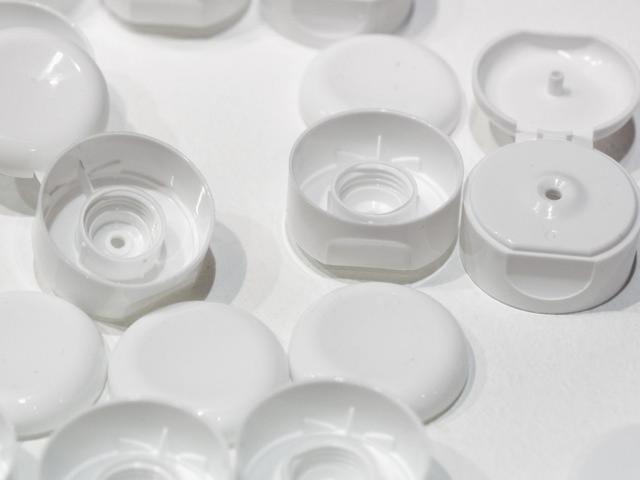
2. Disc-top cap
The Qianqiu cover includes a cover sheet with a rotating shaft, and the two ends of the cover sheet will swing up and down within a certain angle with the rotating shaft as the center. One end of the cover sheet is designed with a liquid outlet. Under normal conditions, the liquid outlet of the cover sheet is hidden in the body of the cover, and the container is in a sealed state. When the other end of the cover sheet is pressed, the end of the cover sheet with the liquid outlet will float. When the lid body is taken out, the liquid outlet is connected with the container, so that the container is in an open state.
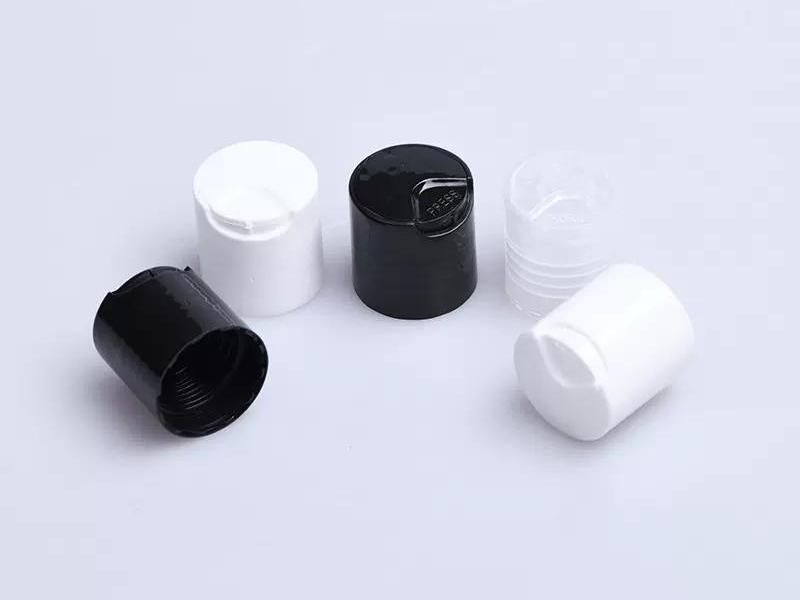
3. Tamper evident cap
The anti-theft cover is usually designed with a special fragile structure, which will be destroyed when it is opened. It is convenient for consumers to identify whether the package has been opened. The common ones are anti-theft ring structure, tear ring structure, and pick structure.
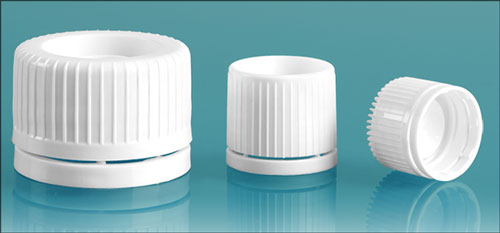
4. Child-resistant cap
The child-proof cover is a cover that requires specific steps to be opened through a special design. It is widely used in the packaging of chemical products and pharmaceuticals to prevent children from accidentally eating them and causing danger.
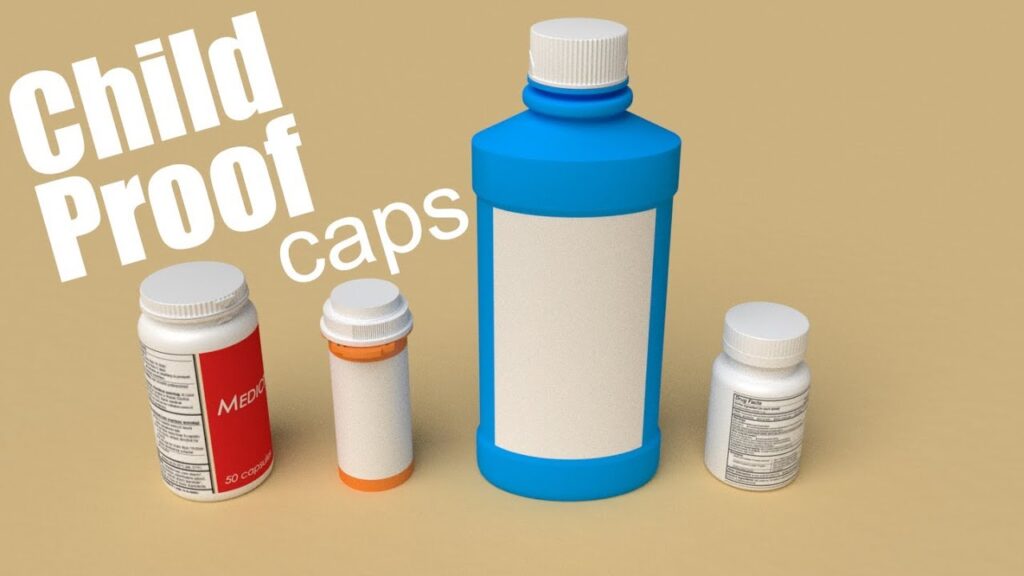
5. Dosing cap
The metering cover usually comes with a measuring cup, either external or built-in, so that the amount of liquid used can be easily calculated through the measuring cup. It is more common in laundry detergent and other packaging.
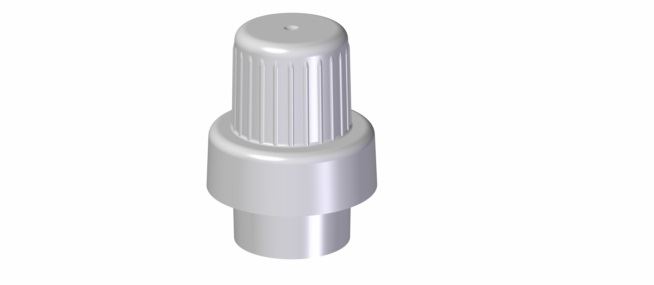
Plastic bottle caps play an extremely important role in packaging and lead the development of packaging. With the development of packaging technology, more and more versatile bottle caps have been invented. What shape and system will the plastic bottle caps in the future take? Let us wait and see!





